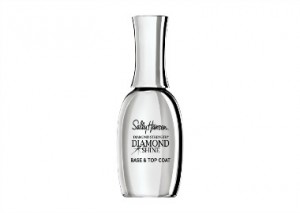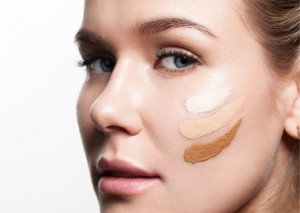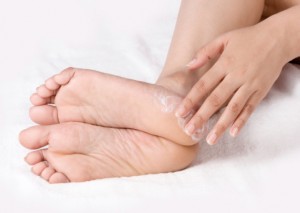
Article by BR Amelia
We'll often talk about concealing and correcting our skin. We might say we use a 'concealer to correct dark circles', but in actual fact, correctors and concealers are two separate products with two very distinct jobs.
The Basics.
Correctors are used to target specific colours on the face you'd like to neutralise. They are a colour based cream, using specific pigments to tackle specific concerns.
Concealers are used to conceal imperfections, blemishes and pimples.
First things First.
Before we conceal, we correct. Correctors are mostly used for dark under eye circles, and occasionally elsewhere on your face. Correctors work based on the colour wheel.

To counteract an unwanted colour, you need to use it's opposite colour on the colour wheel. So for sufferers of rosacea green tinted primers, CC creams and foundations are often used. Like wise if you have a particulary aggressive red blemish, a dab of green corrector can help it appear less red under foundation.
Dark under eye circles will be greeny-blue, meaning you'll need peach to pink shades to neutralise them.
The thing with correctors is that they need to be used when absolutely necessary and only on the affected area. Just dab them to the darkest parts of the under eye circles - not smear them across the whole shadow. You're adding another layer to your makeup and where you correct, you will need to conceal. So if you can get away with just foundation, do it, by adding a corrector you'll also be adding a concealer!
The Art of Concealment.
Think of concealers as concentrated liquid/cream foundation. They can be used to conceal areas of darkness such as undereye circles and even bruising. They will be thick, very creamy and highly pigmented. The right concealer for you will be 1-2 shades lighter than your skin and will blend smoothly and easily.
There's a few schools of thought surrounding the application of concealer. That it must be applied under foundation. That it must be applied after foundation. Our best advice is that it depends on what you're concealing.
Less is more when creating a great makeup base, so you want as few layers as possible. When covering dark circles, always use concealer (and a corrector if necessary) before foundation. Dab the product along the affected area and blend well. You might find when it's time to apply foundation that you actually don't need to apply it on top of the concealer, but that you can blend where the two meet. Have a play and find out what works best for you.
For blemishes, pimples and flaws you'll want to apply concealer on top of your foundation and blend outwards with a brush. For this type of concealment you'll want your concealer to match your foundation shade. Finish with powder.













I did not know all of this! I use a concealer to cover a birth mark on my cheek